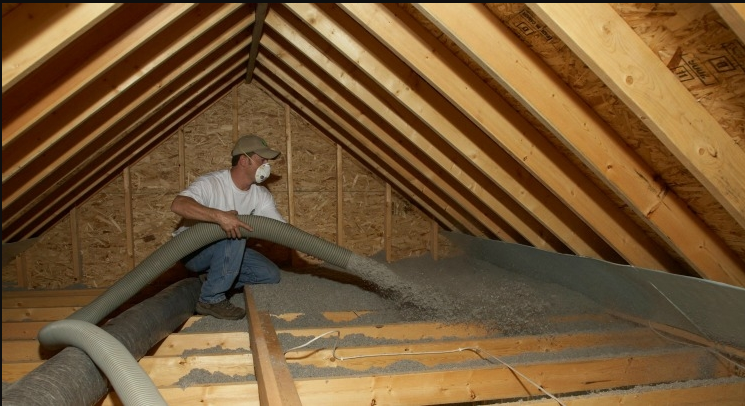Insulating buildings with fiberglass and cellulose

Fiber and cellulose have been in the construction industry for quite a long time. Though modern building introduced the use of spray foam in insulation, these two have remained among the most popular used. Though sometimes homeowners may prefer spray foam insulations they will often end up with either fiberglass or cellulose. However, in many homes, they usually opt for Fiberglass bringing cellulose as second regarding popularity. Click on the active link on how to insulate with fiberglass and cellulose. The advantages and disadvantages of cellulose and fiberglass only narrow down to what appears to be a similar and a difference between the two.
Similarities
Cost
 Both fiberglass and cellulose are the most inexpensive form of insulation as compared to the modern methods. The prices may, however, vary according to a homeowners deals, and the case of having a special agent but comparing to modern methods of insulation such as rock wool and spray foam insulation, cellulose and fiber will still become the cheapest after overall installation
Both fiberglass and cellulose are the most inexpensive form of insulation as compared to the modern methods. The prices may, however, vary according to a homeowners deals, and the case of having a special agent but comparing to modern methods of insulation such as rock wool and spray foam insulation, cellulose and fiber will still become the cheapest after overall installation
Installation
Comparing to other methods of insulation cellulose and fiberglass are the easiest regarding installation. With proper installation, they are guaranteed to be very effective in use. Often, contractors or venue homeowners themselves do not need the training to install a fiberglass or cellulose installation. However, most new contractors usually do a sloppy job reducing the effectiveness of insulation.
Other similarities include:
- They both have an analogous R-value
- They both help in heat retention but do not act as air barrier
- They both retain large amounts of moisture but can dry out quickly
- They are also susceptible to the wind.
Differences
The differences between cellulose and fiberglass are minimal but significant regarding efficiency.
Air leakage
As mentioned above Both materials are not useful in offering an air barrier. However much they are packed or installed none of them would not meet the standards of providing air barrier. However, the difference exists with how much air is allowed to flow through. Evidently, cellulose slows down air flow whereas fiberglass does not.
Flammability
 At one point they involve paper which is most likely to burn on direct flame. In the case of fire glass, it will not burn but melt. Fiberglass bats will, however, burn when there is fire. Cellulose, on the other hand, is wholly paper. For that reason, it is highly flammable.
At one point they involve paper which is most likely to burn on direct flame. In the case of fire glass, it will not burn but melt. Fiberglass bats will, however, burn when there is fire. Cellulose, on the other hand, is wholly paper. For that reason, it is highly flammable.
Though with a few similarities and differences most people would still go for a cheap method of insulation. Fiberglass and cellulose are therefore widely used when it comes to expenses and installation. Nevertheless, homeowners are still advised to exercise caution.
.…


